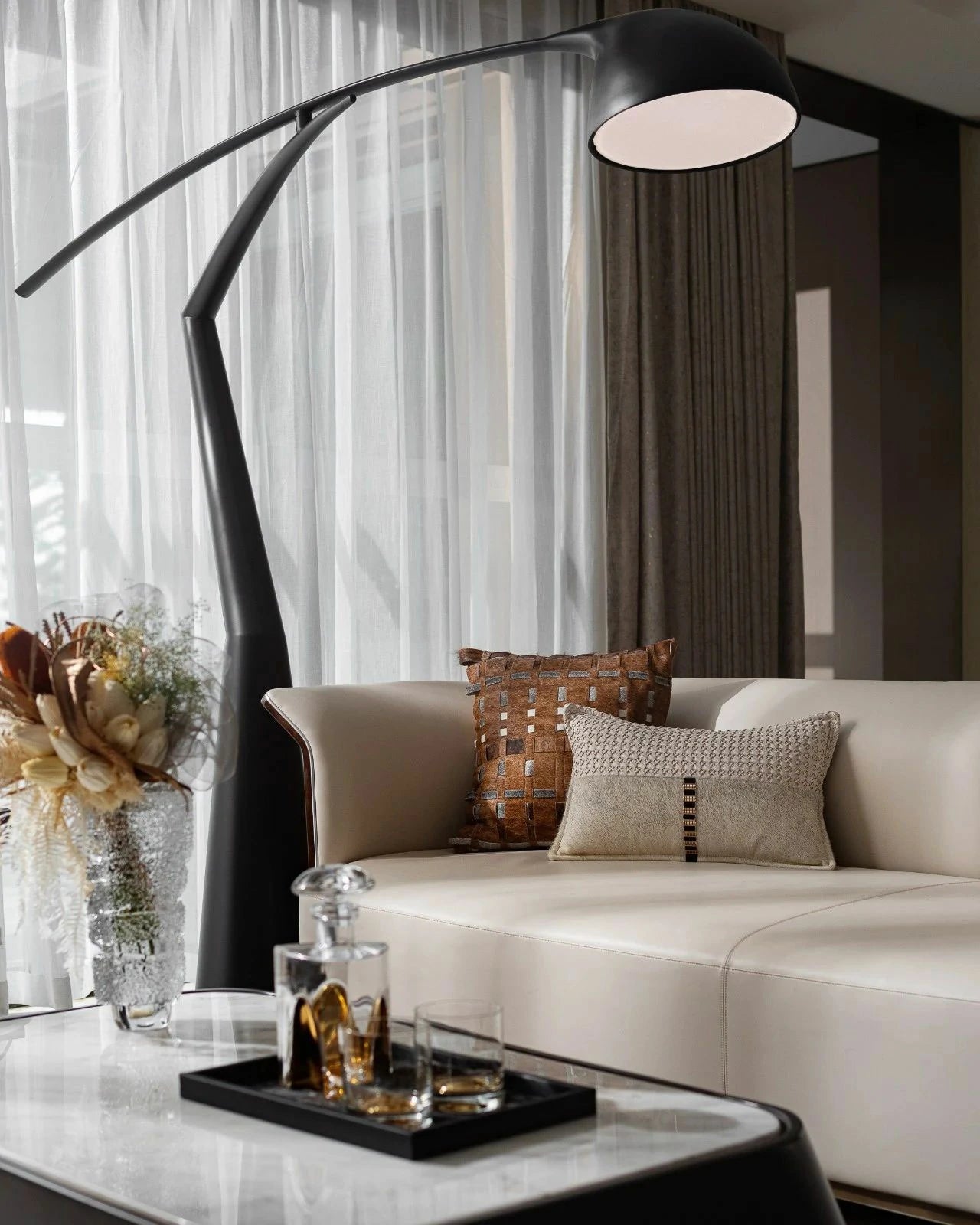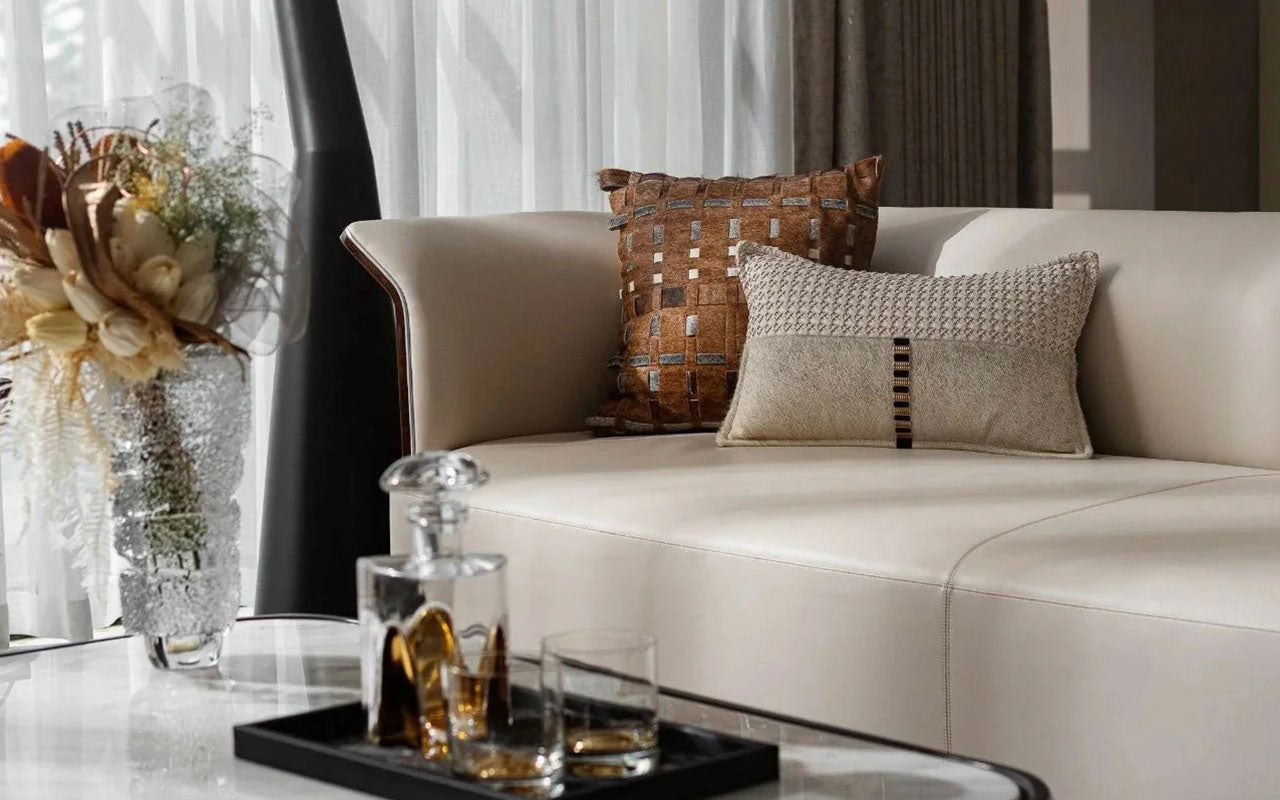Solid Wood Dining Table: The Spatial Narrative Engine of Natural Texture and Modern Minimalism
Introduction: Spatial Breathing Anchored by the Table

At the intersection of modern minimalism and natural aesthetics, a solid wood dining table emerges as the soul anchor of a space. Its rugged tree-stump growth rings, warm wood grain, and geometric metal supports craft a visual journey from dining area to living room.

The raw wood splinters along the edges contrast with the cold lines of matte metal legs, while the table’s natural voids engage in a dialogue with the glass tabletop of a floating console—this is not merely functional furniture but a symbiotic union of natural forces and human craftsmanship. Through materiality, light, and form, it redefines the narrative logic of inhabited spaces.

Living Room: Gentle Extension of Natural Language

The living room’s focal point is a modular fabric sofa, yet its latent connection to the wooden table is profound.

The rounded corners of the segmented backrest echo the natural arcs of the tree-stump cross-section, while the natural wrinkles of cotton-linen fabric mirror the density variations of wood grain. The rounded edges of a floating wooden side table align mathematically with the hand-carved marks on the table’s perimeter, and the warp-and-weave direction of a rattan rug outside the bay window mirrors the spiral-cut geometry of the metal supports.

When light filters through louvers, casting flowing patterns onto the wood surface, the space completes a silent natural narrative.

Dining Room: Dramatic Reinterpretation of Tree Rings

The centerpiece is a solid ash table carved from a single tree trunk, redefining traditional dining boundaries. The 80cm-diameter cross-section, sliced longitudinally from the trunk, preserves the natural gradient of growth rings, creating an organic visual rhythm.

The four legs adopt a parametric “tree-root morphology,” with tapered metal supports simulating roots penetrating soil. Anodized to a patina green, the metal contrasts with the wood while evoking temporal sedimentation.

The chairs’ curved backs replicate the irregular shapes of tree knots, their legs transitioning from gunmetal to bronze via oxidation—a temporal dialogue with the table’s industrial metalwork. Above, a suspended linear chandelier of prismatic acrylic shards casts ripples across the surface, harmonizing with the growth-ring patterns.

Lounge Area: Gentle Material Contrast

The rattan chair in the lounge appears detached yet inherently linked. Its rugged weave contrasts with the ash’s growth rings, while arched leg cuts replicate the spiral curves of the table’s metal supports.

The rattan rug’s warp-and-weave direction mimics the grain’s growth direction, its edge translucency gradients echoing the hidden lighting beneath the table.

Seated here, one gazes through the bay window’s greenery, overlapping with the abstract art behind the table—its spiral lines deconstructing root systems into digital abstraction.

Bedroom: Textural Echoes in Private Spaces

The master bedroom’s floating bedframe reinterprets the table’s industrial language: its double-curved solid wood structure mirrors the metal supports’ root-like geometry, while a graphite-coated light oak veneer retains warmth yet reveals wood pores.

Bedding in the same indigo linen echoes the sofa’s palette, its quilting mimicking the wood grain’s density variation, and pillow tucks replicate growth-ring concentricity. A quartzite slab extending from the windowsill mirrors the table leg’s spiral cuts, paired with rattan cushions and a brass nightlight, transforming public drama into private whispers.

Study: Parametric Interpretation of Form and Function

The desk reimagines the table’s modular ethos: a curved ash surface, seamless from five bent planks, preserves growth rings while engaging in dialogue with the metal supports’ spiral cuts.

Legs integrate the same patina-green metal framework, laser-cut and folded into parametric grids that harmonize with the shelves. Hidden lighting casts gradients on the desk, echoing the table’s interplay of light and shadow, while abstract spiral art abstracts root systems into mathematical forms.

Conclusion: Natural Encoding from Table to Space

This solid wood dining table is no isolated object—it is a mediator of material dialogue (ash grain versus patina metal), a sculptor of light (acrylic lenses interacting with wood voids), and a spatial gene encoder.

From the living room’s organic extension to the study’s parametric precision, from the dining room’s dramatic storytelling to the bedroom’s private whispers, the table’s root-like forms permeate every corner.

True natural aesthetics lies not in “primitivism” but in building a living system through one piece of furniture. When design returns to material essence, the table transcends function, becoming the ruler by which space measures its breath.
Design Team | JiYu Design
If there's infringement, please contact for removal.
 New Creative
New Creative
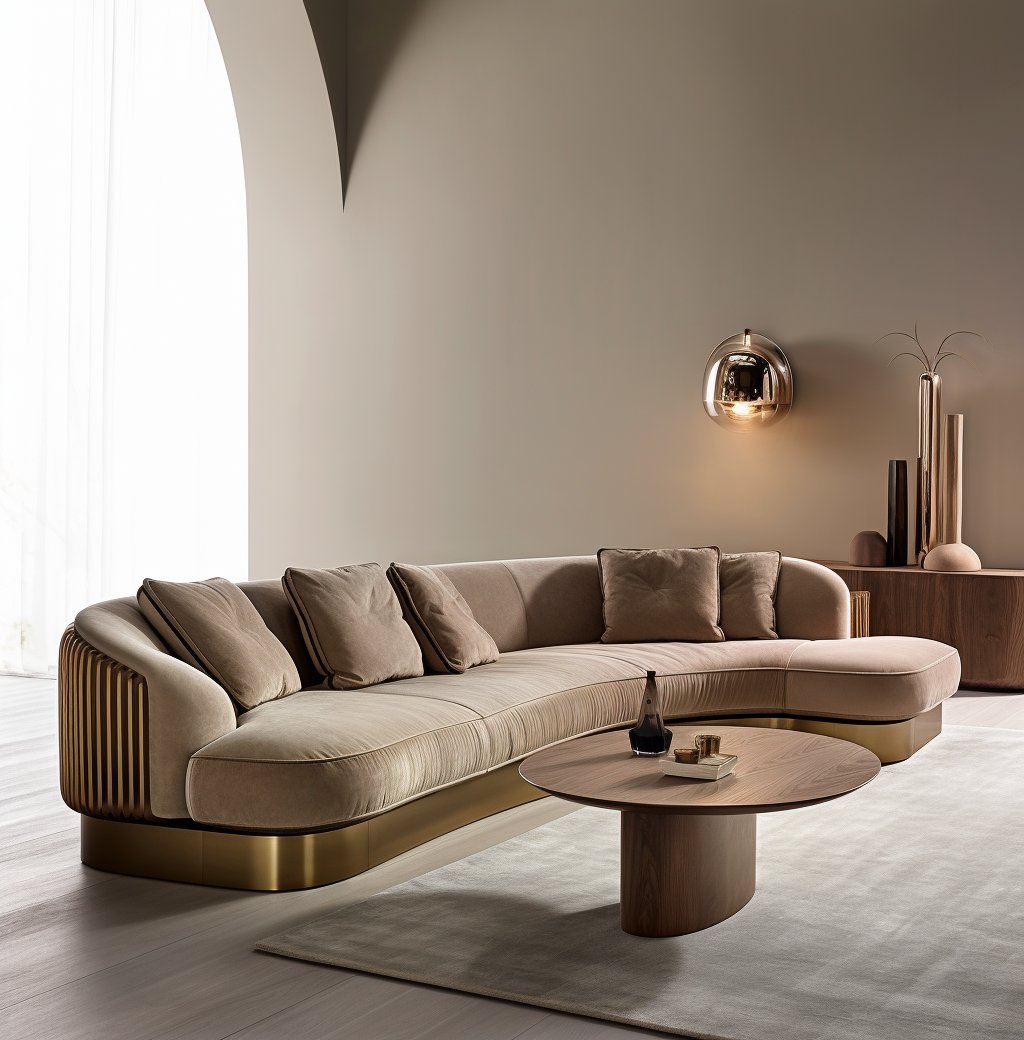 Best Sellers
Best Sellers
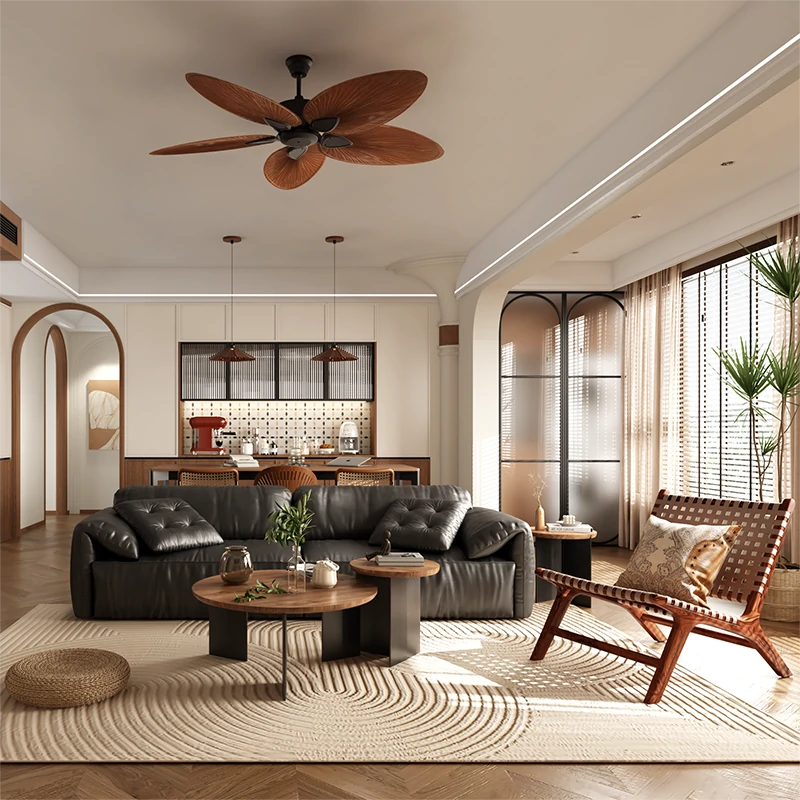 Shop The Look
Shop The Look
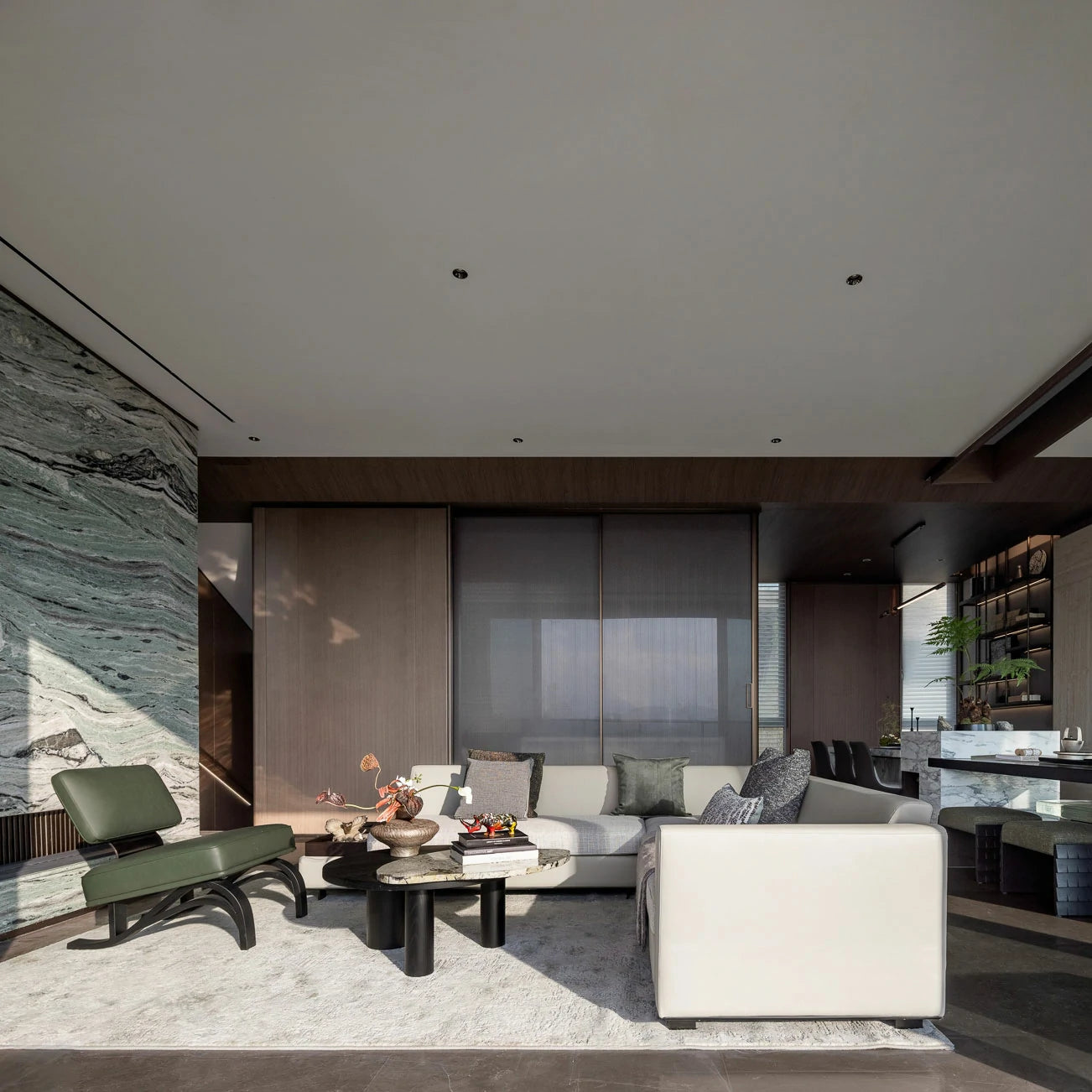 New Room
New Room
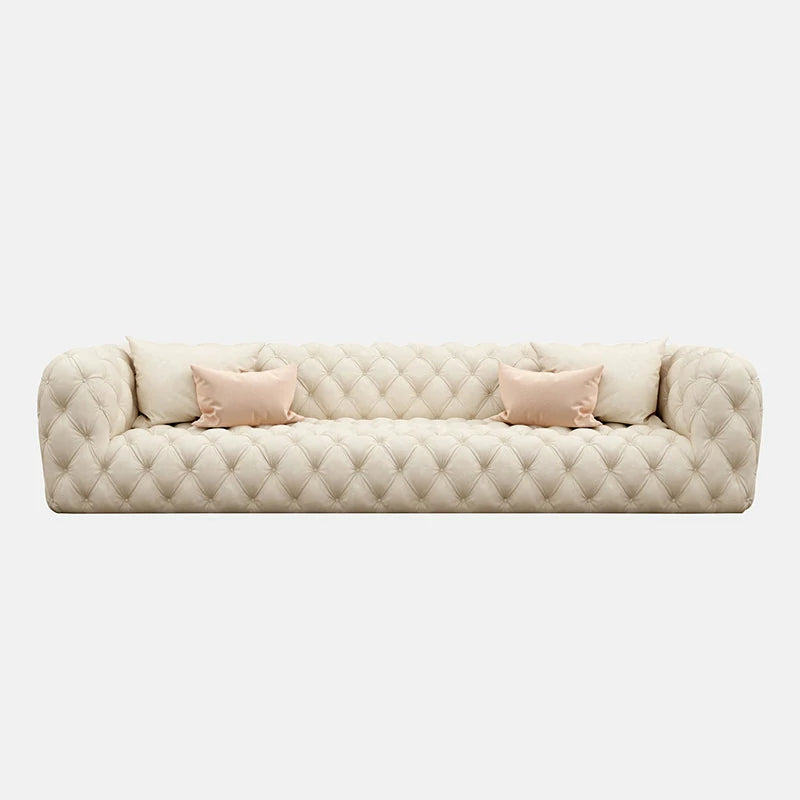 Sofas & Seating Systems
Sofas & Seating Systems
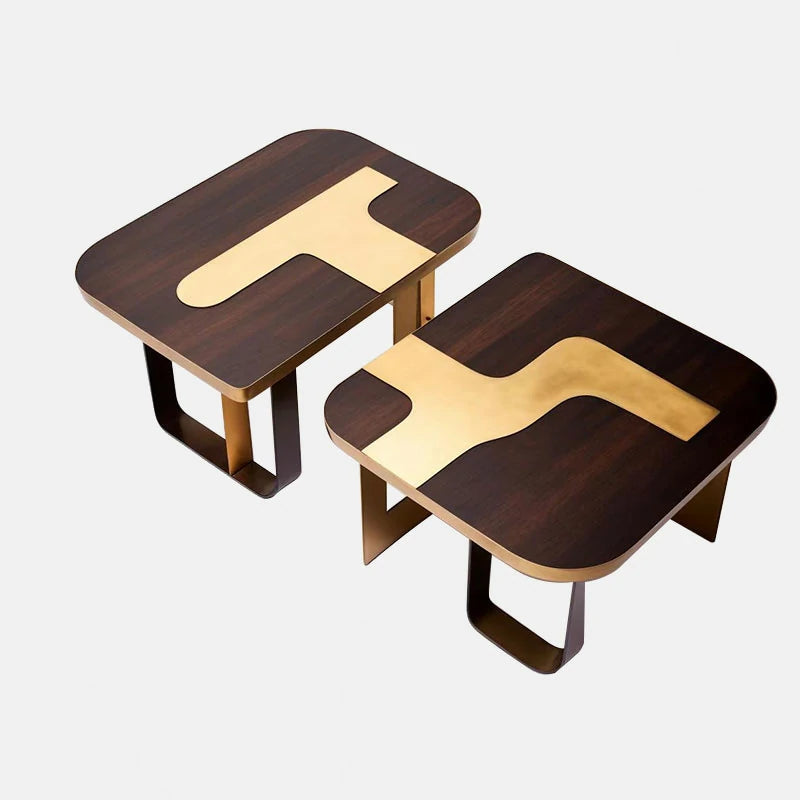 Coffeetables & Sidetables
Coffeetables & Sidetables
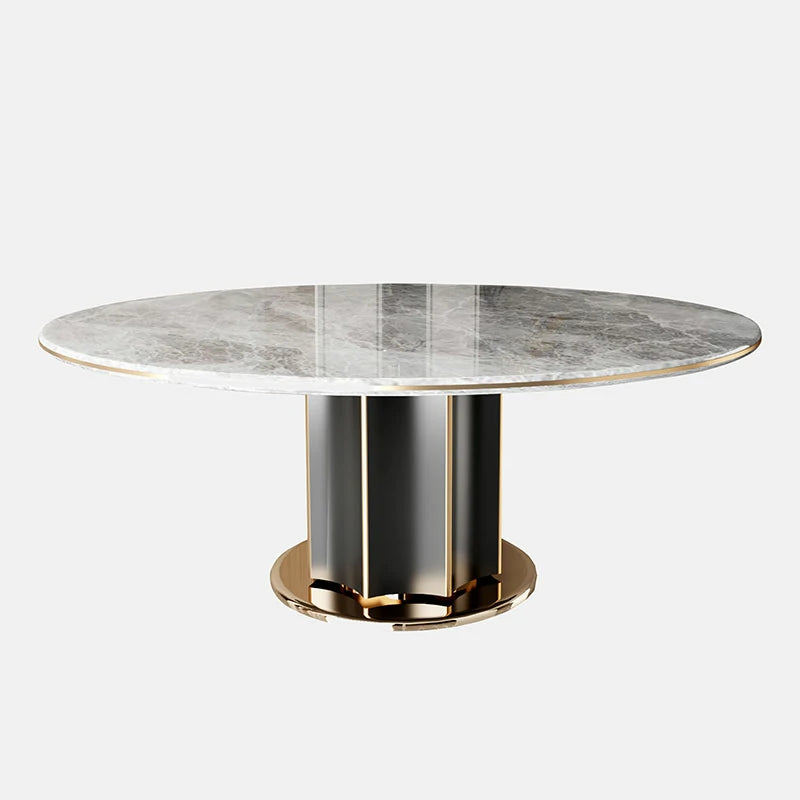 Tables
Tables
 Chairs
Chairs
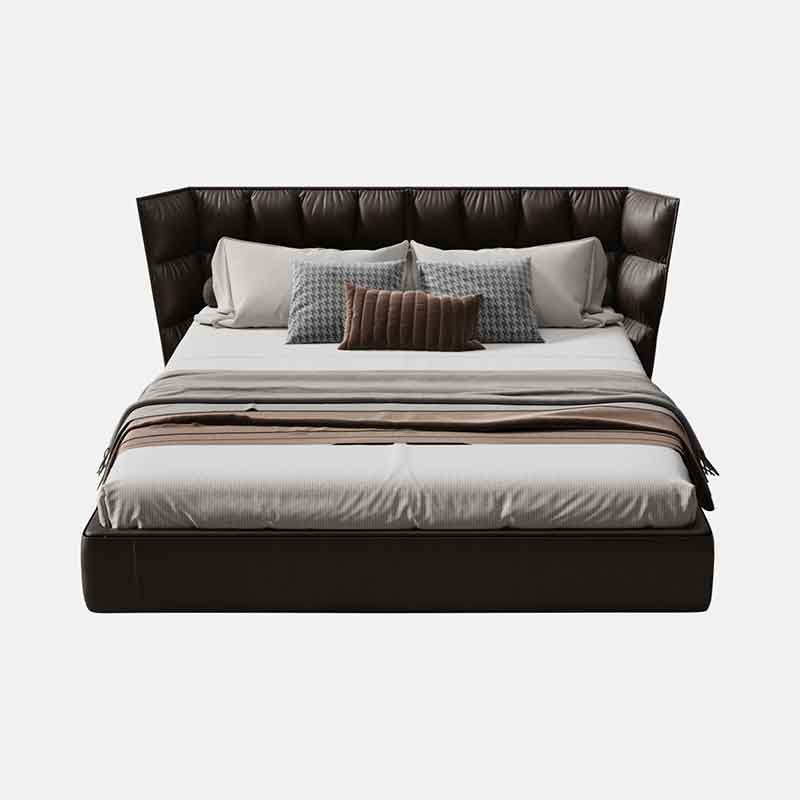 Beds
Beds
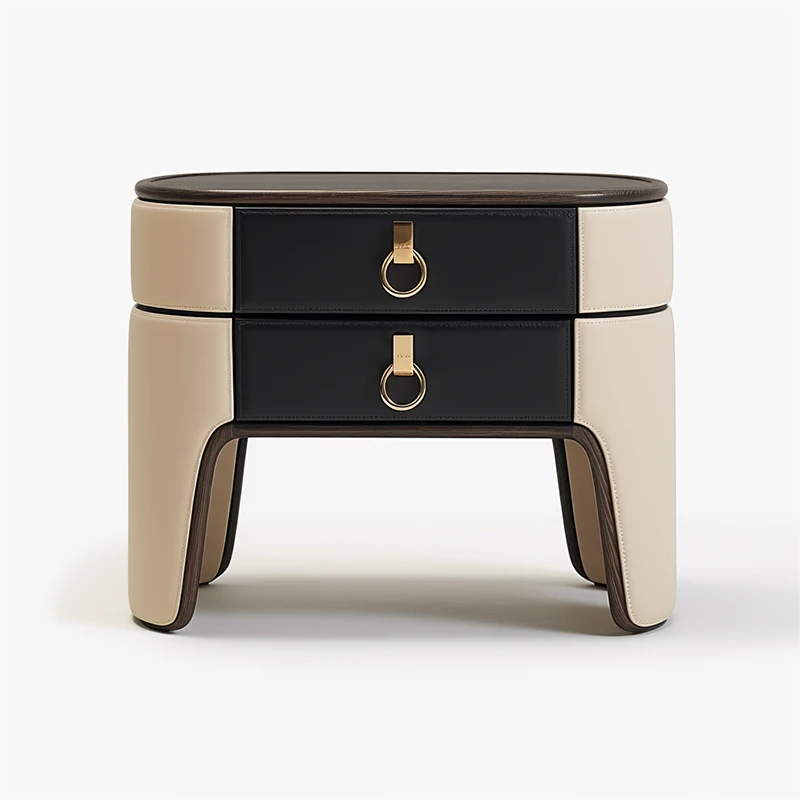 Nightstands & Vanities
Nightstands & Vanities
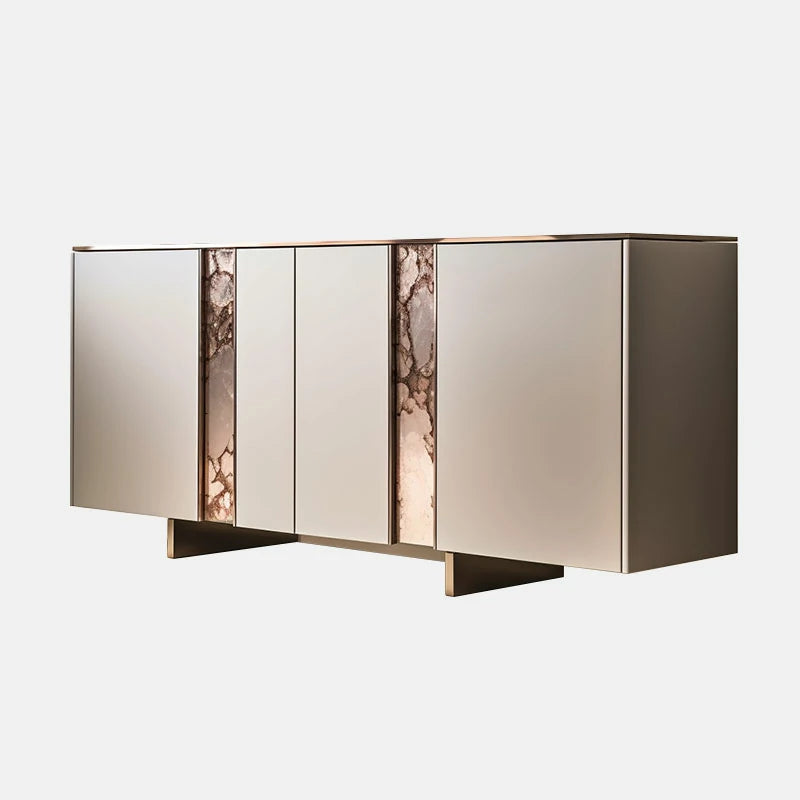 Sideboards & Bookcases
Sideboards & Bookcases
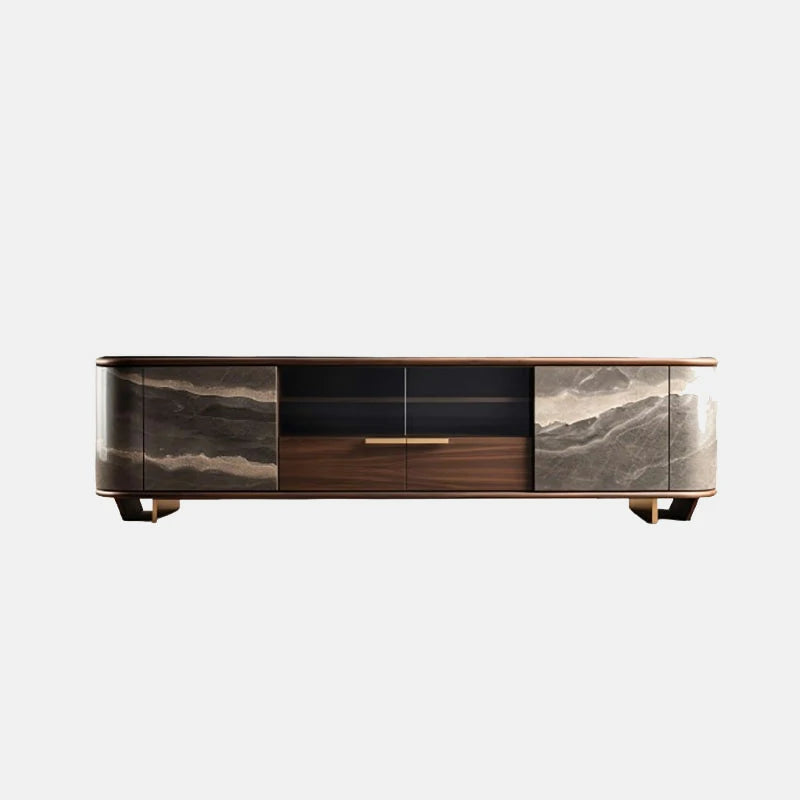 Console
Console
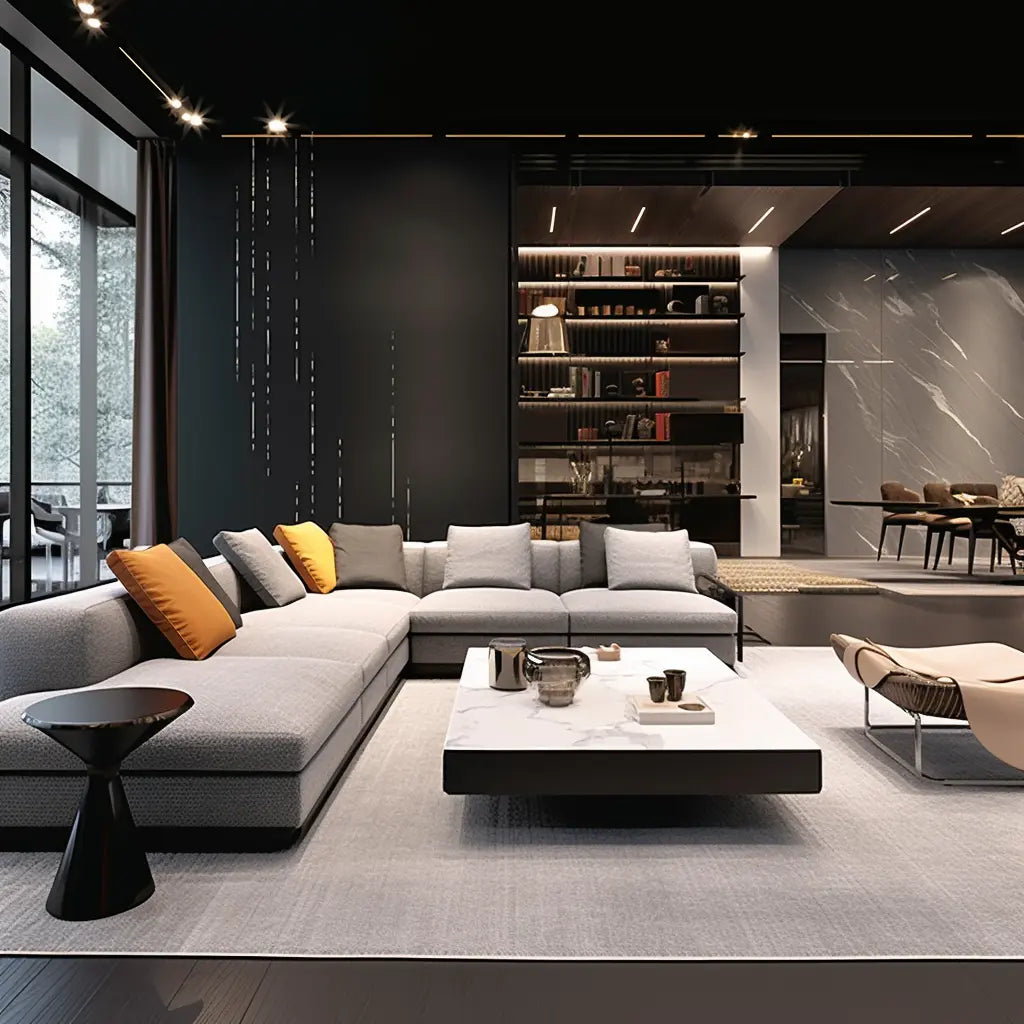 Livingroom
Livingroom
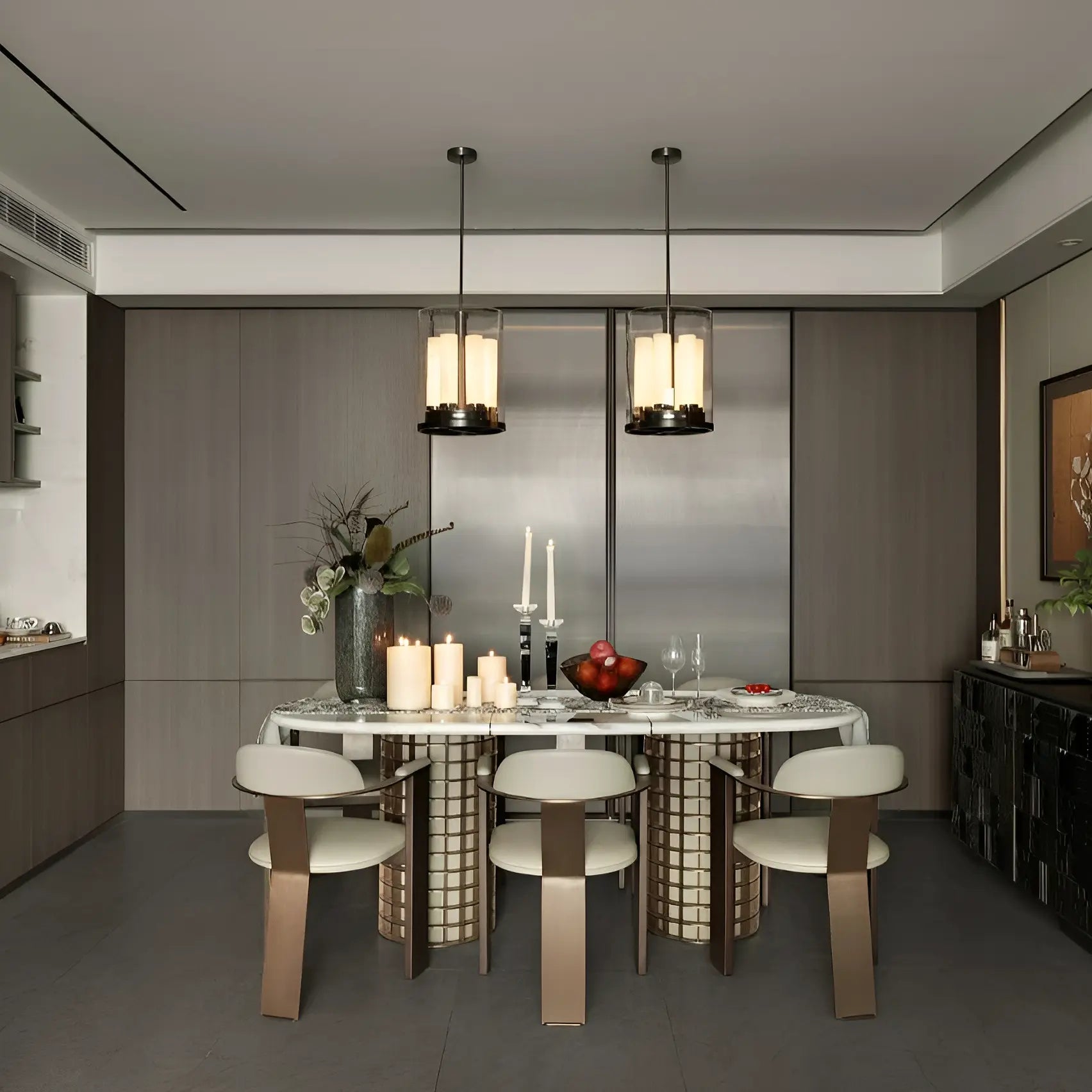 Diningroom
Diningroom
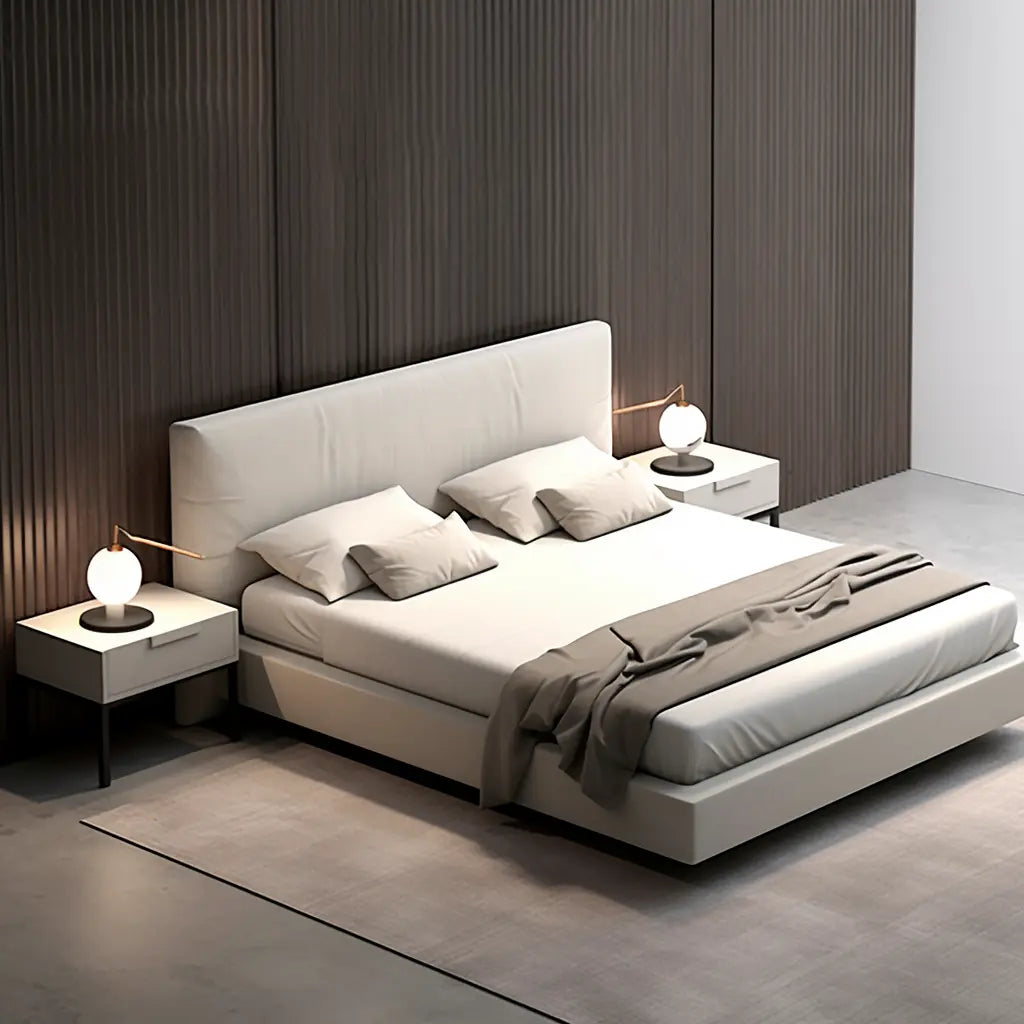 Bedroom
Bedroom
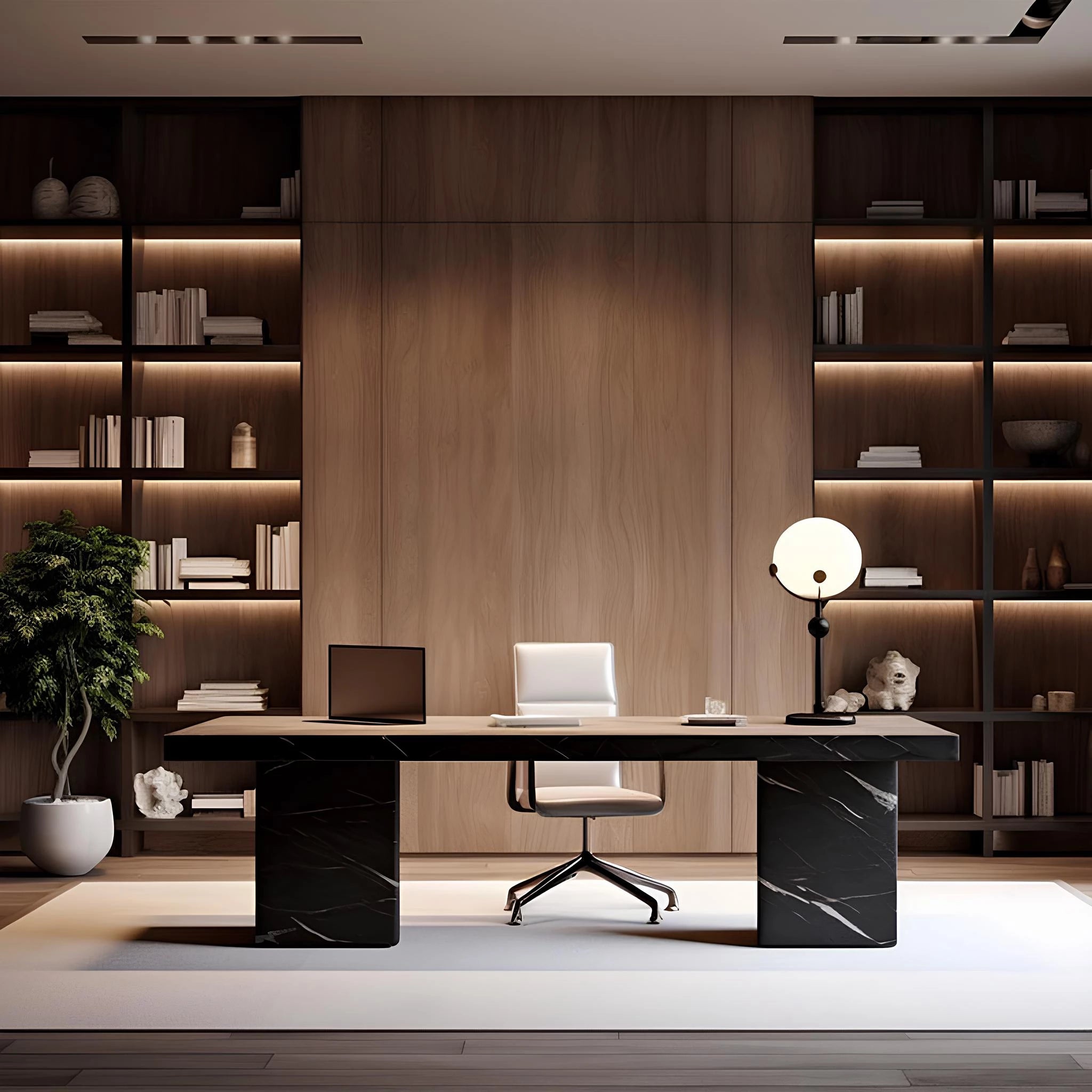 Officeroom
Officeroom
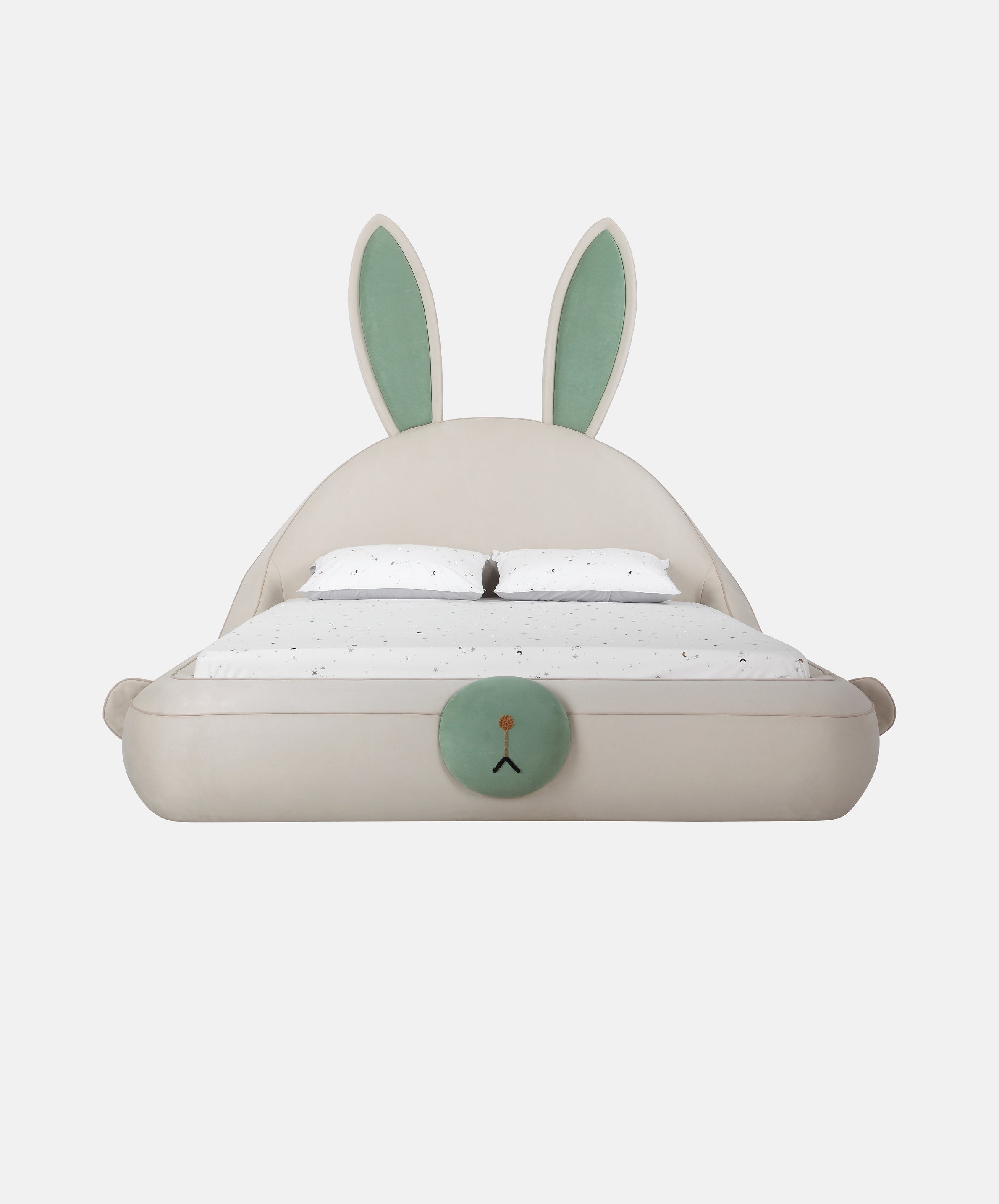 Cartoon & Children
Cartoon & Children
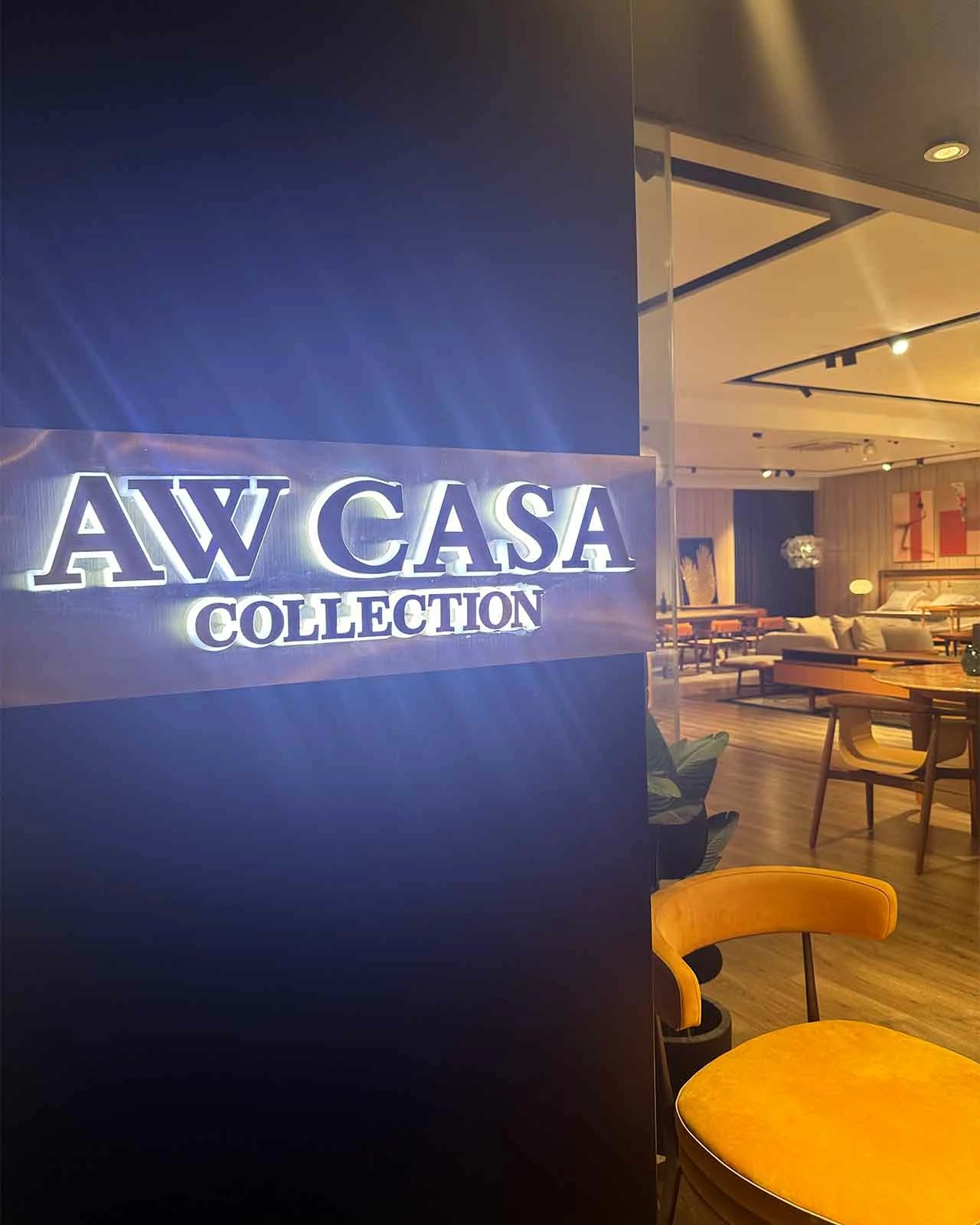

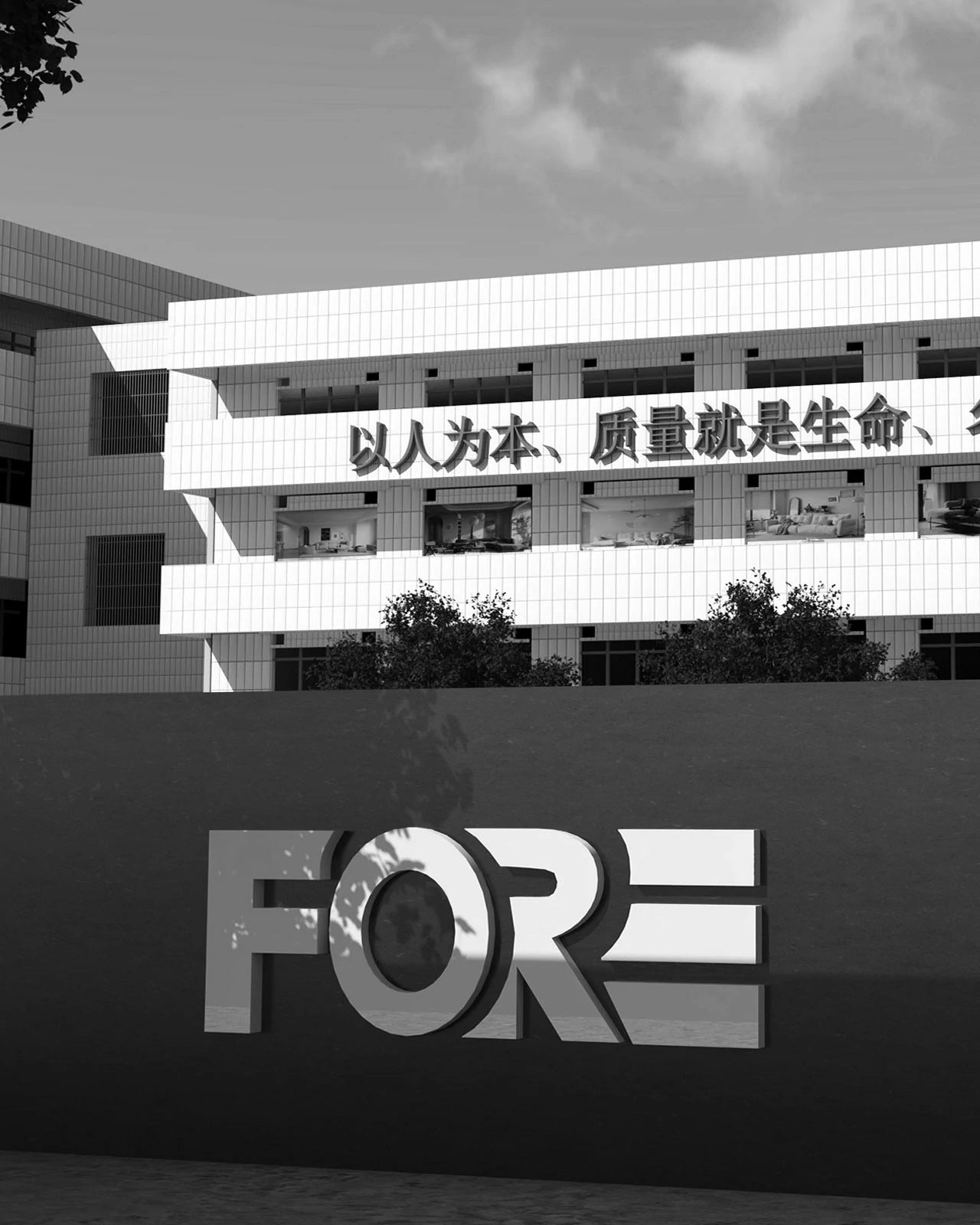

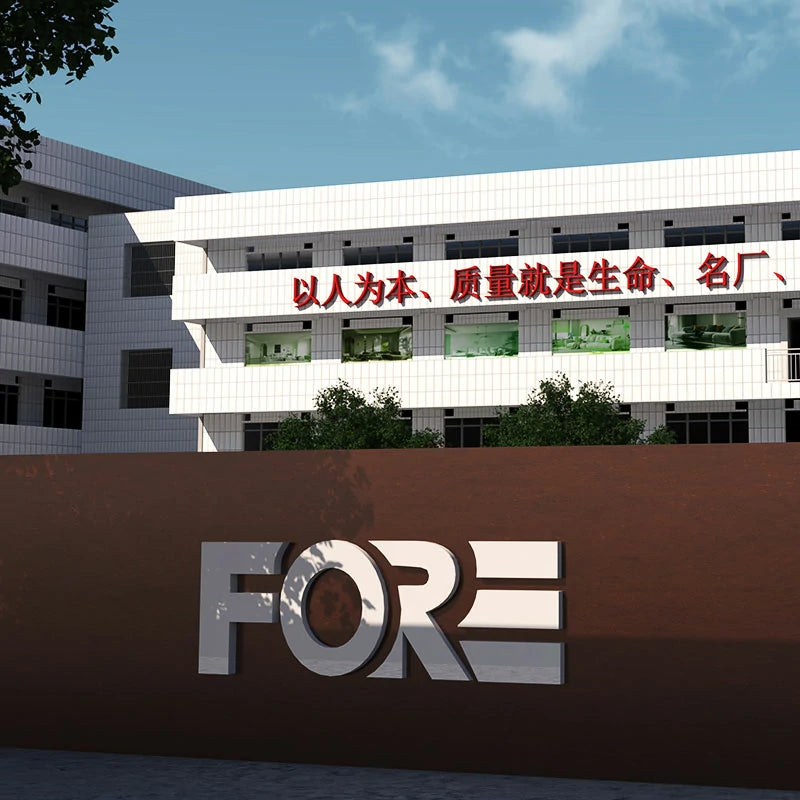 About Us
About Us
 Sustainability
Sustainability
 Gentle Wood and Soft Curves: An Ideal Home Scene
Gentle Wood and Soft Curves: An Ideal Home Scene
 The Philosophy of Life Around the Dining Table: Finding Peace Between Nature and Modernity
The Philosophy of Life Around the Dining Table: Finding Peace Between Nature and Modernity
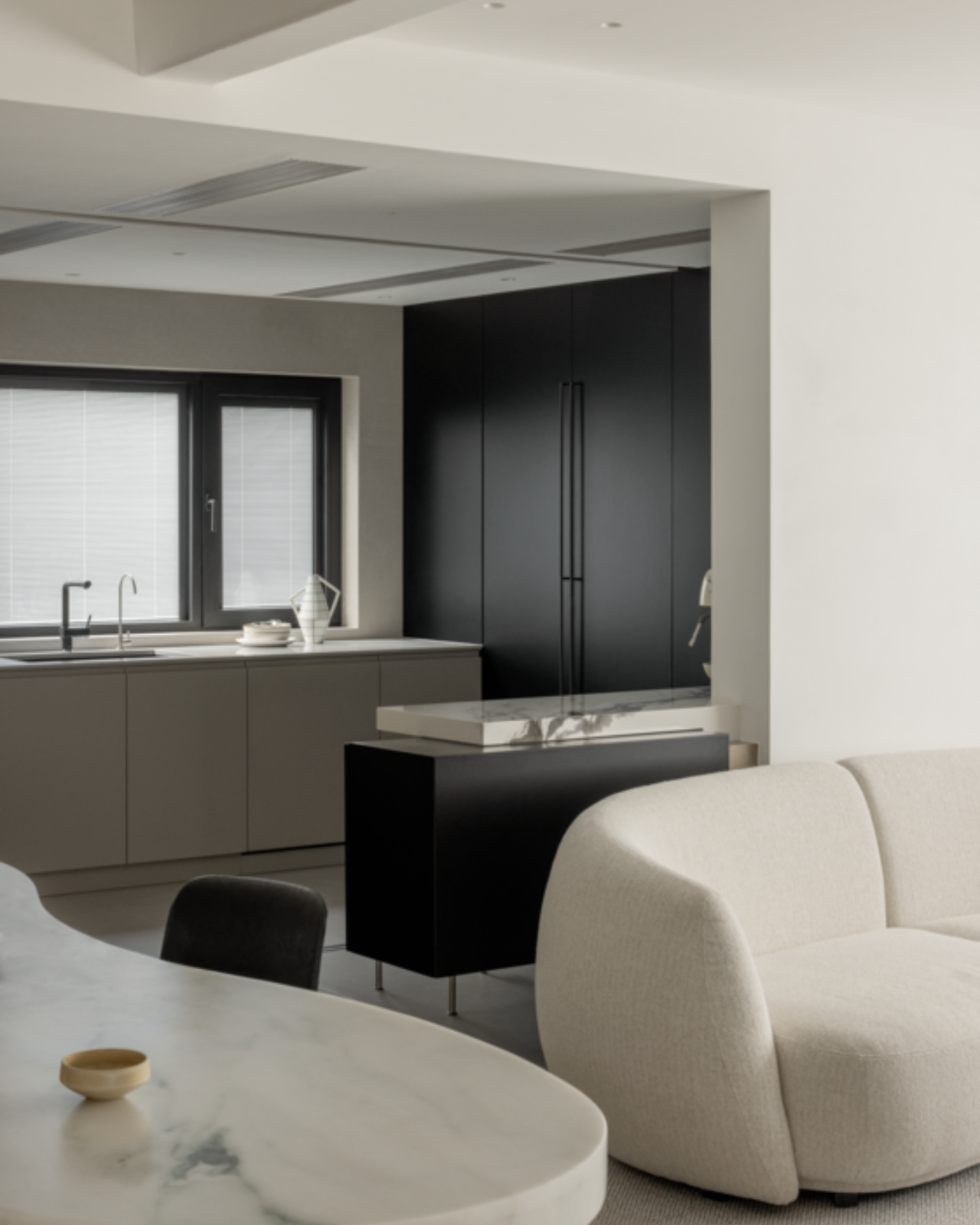 The Fusion of Comfort and Art: The Story of the Sofa at Home
The Fusion of Comfort and Art: The Story of the Sofa at Home


